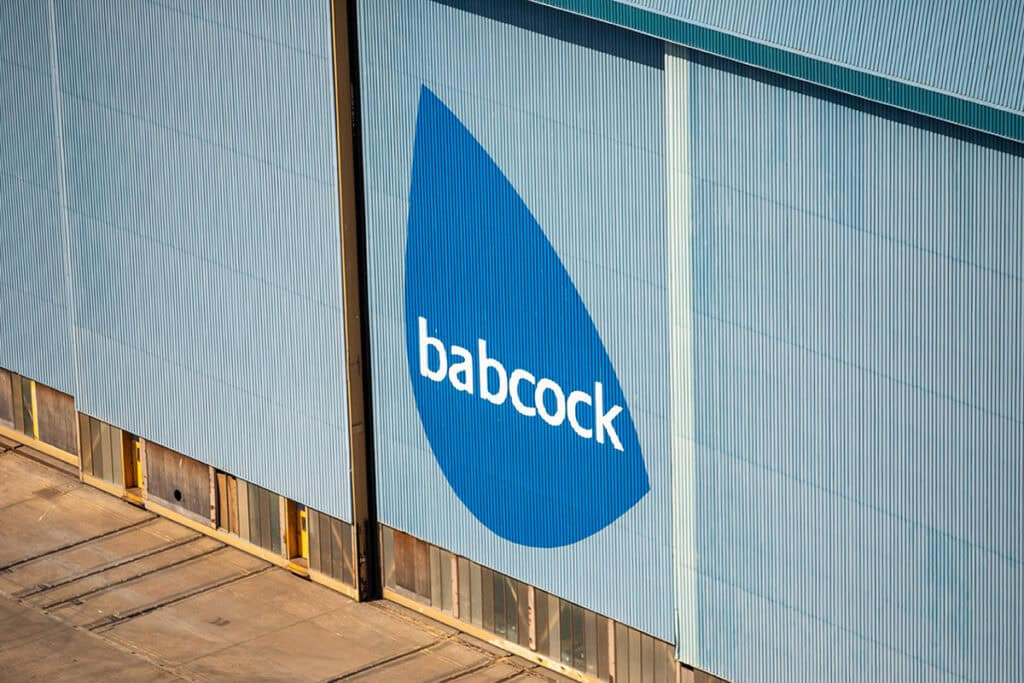Babcock has successfully completed the largest Revalidation and Assisted Maintenance Period (RAMP) undertaken to date, on Trafalgar class submarine HMS Torbay.
The two year programme, undertaken at Babcock’s Devonport Royal Dockyard, has involved a massive 513,000 manhour planned workscope as well as a significant subcontract requirement for equipment upgrades, overhauls and commissioning. During the RAMP HMS Torbay has received 27 upgrades and improvements in addition to undergoing a substantial maintenance programme. The successful completion ensures that the submarine is operationally safe and ‘fit to fight’ for the rest of her extended commission.
Work undertaken while Torbay was in dock last year included non-destructive examination of the hull and ship’s systems including the reactor primary circuit, as well as overhaul work including a full rebuild of one of the platform’s combined coolers and a revalidation of the circulating water system. The weapons and communications programme included sonar system improvements, a full overhaul of the torpedo tubes, and improved communications for the vessel when in port.
Following flood-up and undocking of the submarine last year, a substantial volume of further work has been carried out. This has included a planned reactor system modification led by Rolls-Royce and supported by Babcock, involving a novel methodology and considerable technical challenges. This first-of-class installation on HMS Torbay was completed in July 2013 and has enabled valuable experience to be captured for application to minimise risk and timescales on subsequent platforms.
Significant work has also been undertaken by Babcock and ship’s staff in the diesel compartment, including replacement of the motor and diesel generator rotors. This required a large number of systems and equipment to be removed for access, and completion of precise slinging operations within a limited space envelope to avoid damage to on-board equipment and the new rotors.
Extensive work has also been undertaken across the platform since undocking as a result of emergent surveys, and further work packages have been introduced during the RAMP including a full fit of the Eddystone Communications Electronic Support Measures (CESM) system.
Commissioning of all systems was done during the latter half of 2013 and the defect rectification period and final platform regeneration were completed at the end of February.
Babcock Boat Manager Christopher Freeman commented: “We are delighted to have successfully completed this high profile RAMP to deliver an improved platform and play a significant part in supporting UK submarine operations. This has been a highly demanding project, not least due to the significant emergent work, with considerable challenges for the project management team. The RAMP has been successfully delivered thanks to the commitment and close working between Babcock, ship’s staff and Fleet, and the MoD, comprising the Joint Project Team.”
MoD PCM RAMP Cdr Neil Moffatt said: “Getting the submarine to this stage has been extremely demanding and has required the full focus of the Joint Project Team to ensure success. We must learn the lessons from this project to continue to improve future RAMPs on these ageing submarines.”

